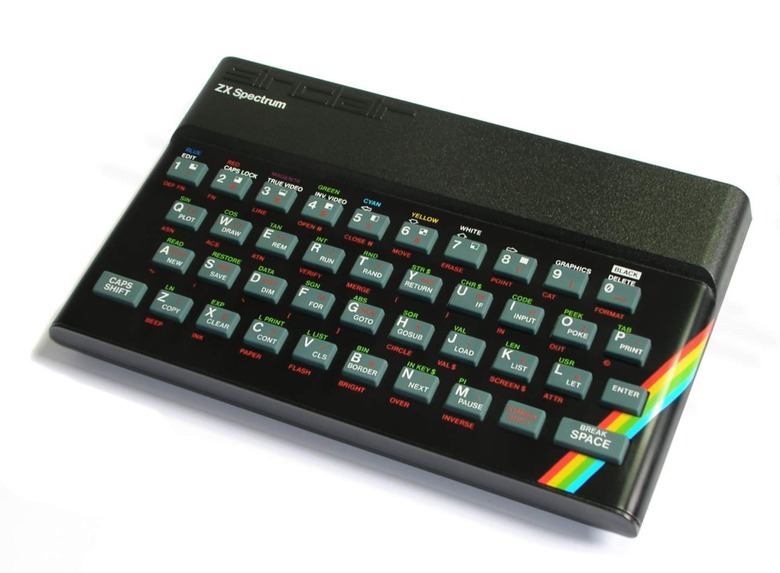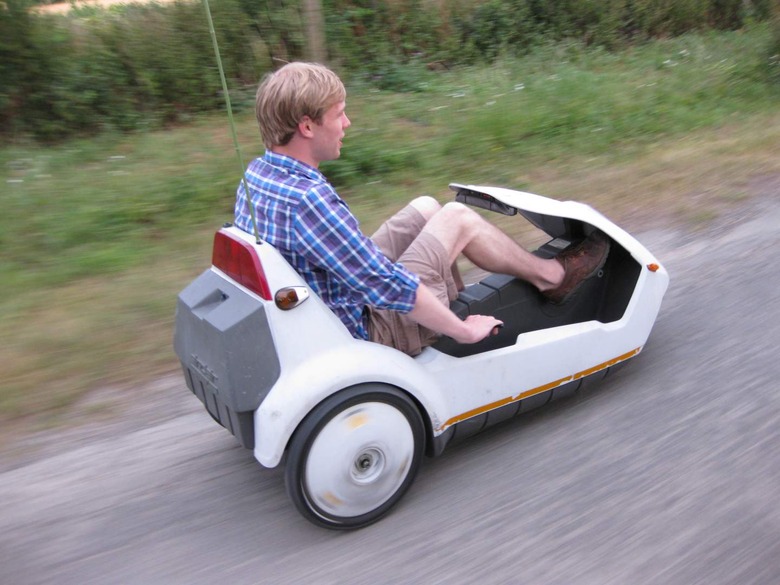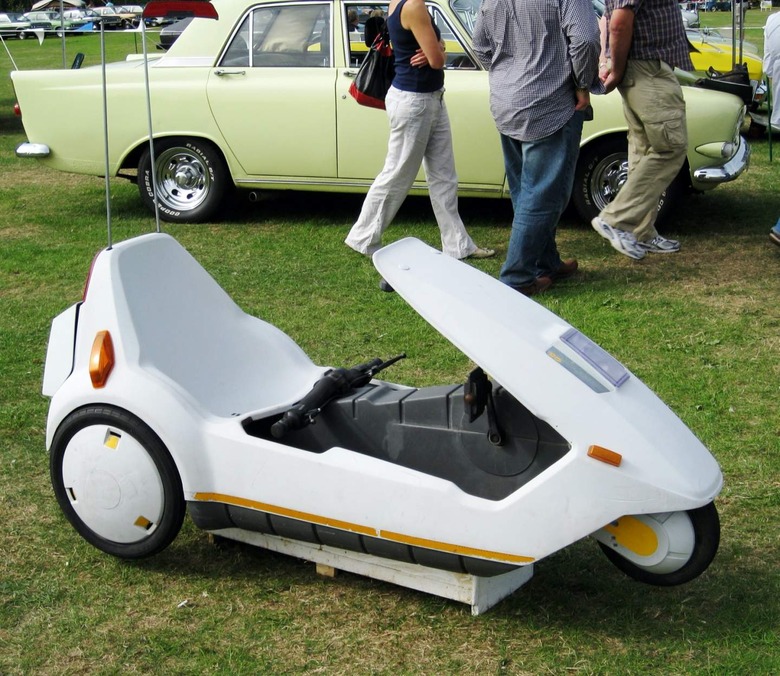Today I'm Thinking About The Sinclair C5, A Glorious EV Failure
Sir Clive Sinclair, the British inventor, has died today at the age of 81, and though it's the Sinclair ZX Spectrum and its impact on personal computing that will go down as his biggest success, it's an altogether more oddball gadget – and disaster – that I can't help but think of fondly. The Sinclair C5 arguably beat the current trend of electrified transportation by several decades, a three-wheeled curio that – like the Segway many years on – promised plenty but failed to live up to that in commercial terms.
Sinclair, born in 1940, was a mainstay of British electronics in the 70s and 80s. Having risen to fame with the Sinclair Executive, a compact electronic pocket calculator in 1972, he went on to help shape home computing with the Sinclair ZX80, the ZX81, and then the ZX Spectrum.

It's hardware which many in the programming world have credited with giving them their first taste of the potential of computing. Instantly recognizable, with their gray rubber keyboards and black casings, the ZX's specs may seem archaic now – the Spectrum had a whopping 16KB of RAM at launch in 1982 – but they were hugely more affordable than the competition. The ZX Spectrum, in fact, went on to be the best-selling microcomputer in Britain.
After that, though, Sinclair's attempts to revolutionize transportation struggled to make the same sort of splash. In 1985, the Sinclair C5 was unveiled, billed as an alternative to cars and bikes. A recumbent single-seater trike, it featured a plastic body and a 250 watt electric motor, powered by a 12V lead-acid battery.
Riders would need no license, no road tax, and of course no gasoline, the company promised; it would cost £399, or about £1,200 ($1,700) today.
The C5 was, it's fair to say, a commercial disaster. 20 miles of range, a top speed of just 15 mph, and no weatherproofing for the rider – a fairly short-sighted decision in rain-prone Britain – didn't exactly endear it to potential buyers. Questions about its safety among more traditional traffic effectively sealed the C5's fate.
Production both began, and ended, in 1985. Around 5,000 of the C5 were sold, a little over a third of the total number produced. Sinclair Vehicles, the company Sinclair founded and had hoped would eventually expand to include larger C10 and C15 versions, went into receivership.

I've never actually tried a Sinclair C5 myself, though the though of one thrilled me as a child. With its futuristic aesthetic and silent operation, it was difficult for me to understand – at the time – why despite the challenges the trike had not been a hit. These days, with such limited numbers ever produced, they're actually in fairly high demand. Periodically a C5 will show up on eBay, but it's increasingly rare.
With the current flirtations of today's automakers – and others – for alternative methods of transportation, particularly around cities, it's hard not to see the Sinclair C5 as at least a minor inspiration, or at the very least ahead of its time. Had the state of battery technology been better, perhaps, or had the trike launched in a US city with better weather to boast of, maybe Sinclair's oddball EV could've made it past its initial struggles.

There's still nothing quite like it on the road, even among the various electrified options we have today. E-bikes are undoubtedly the breakout hit in electric personal transportation, more familiar and probably more practical than the C5 could've ever hoped to be. Efforts to make something larger have needed to compromise in order to coexist with today's huge SUVs: the Arcimoto EV, for example, or ElectraMeccanica's Solo.
Both ask a similar question to that Sir Sinclair did back in the 80s: is a full sized car, with 4+ seats and a big trunk, really what every driver needs for every journey? That the C5 wasn't the vehicle to answer that conundrum successfully maybe wasn't all that big a surprise in the end. Even so, in the face of ever-growing trucks and expensive EVs, it's telling that we're still running into some of the same challenges that the Sinclair C5 did decades back – and, maybe, facing some of the same opportunities.
[Images: Bill Bertram; Grant Mitchell; Charles; and Adam; all under CC]
